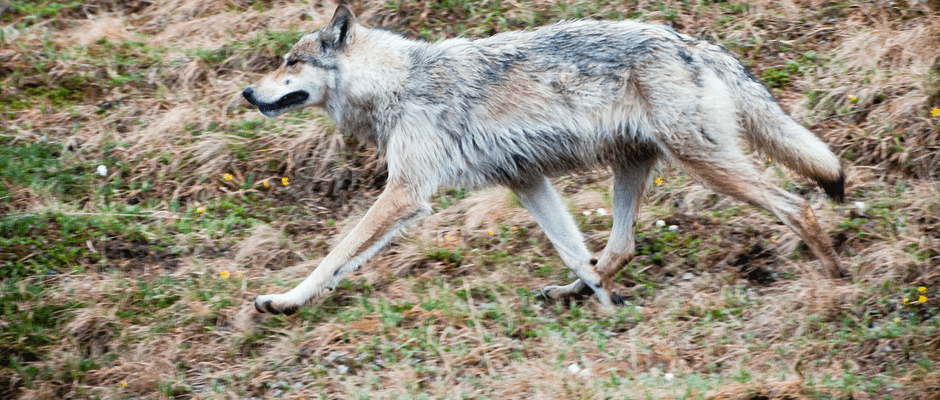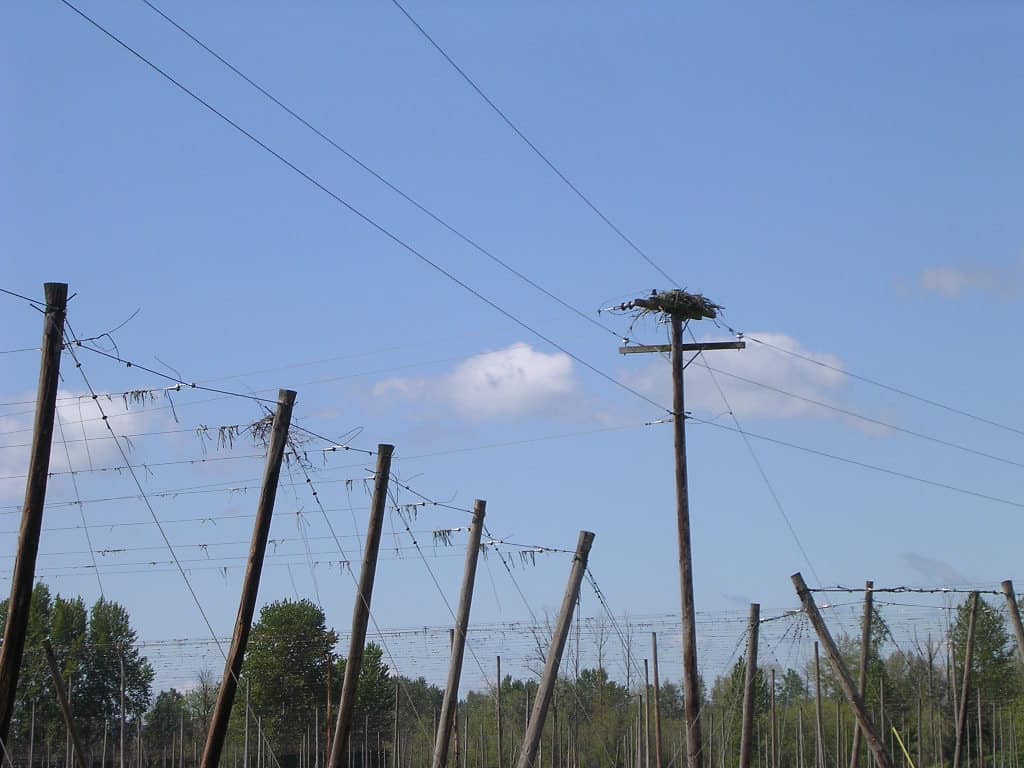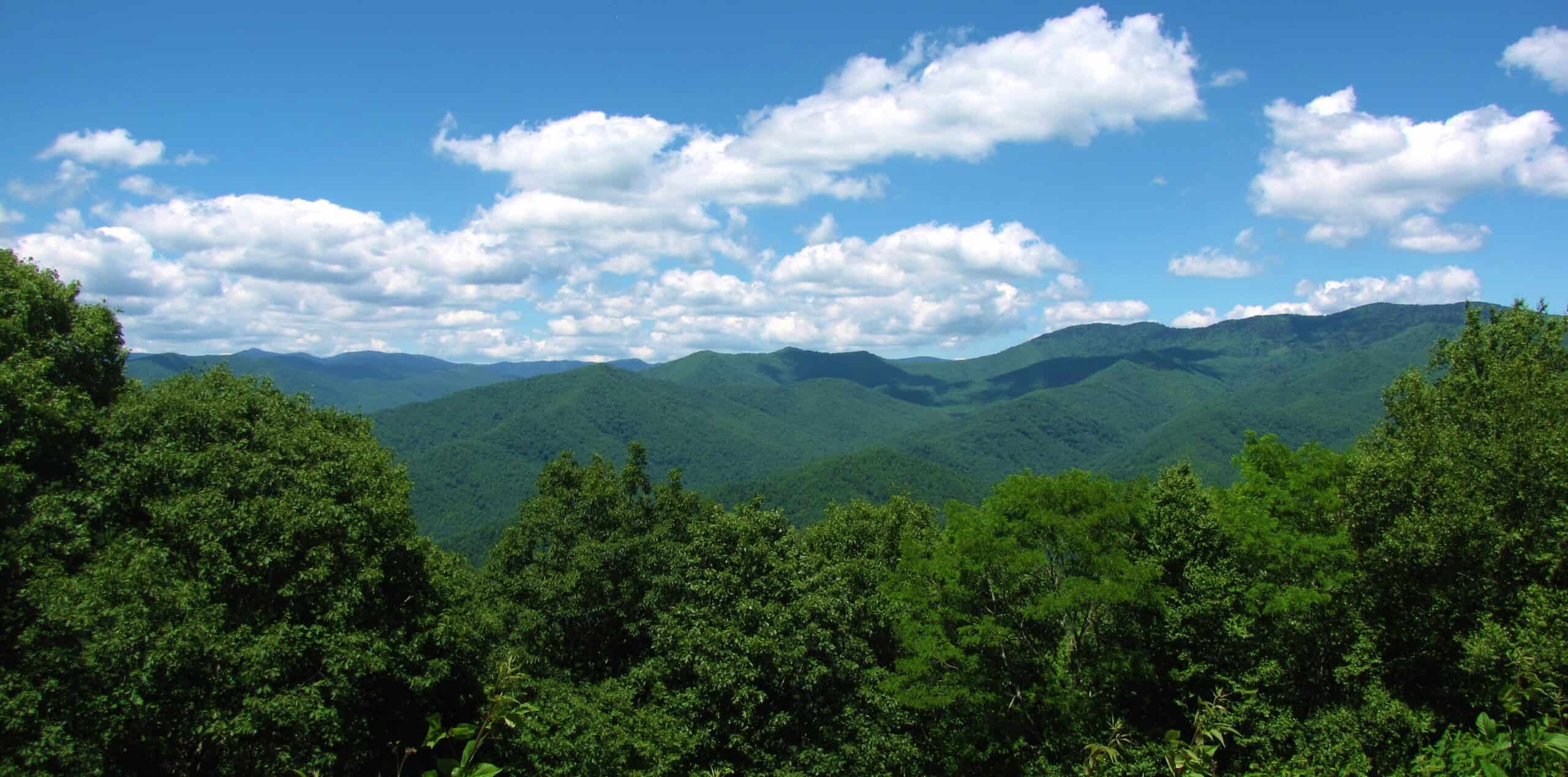Share this article
Wildlife Monographs: Predator control impacts wolves in Alaska preserve
Gray wolves (canis lupus) are protected within the boundaries of central Alaska’s Yukon-Charley Rivers National Preserve, but their numbers are being reduced by predator management efforts outside the preserve, according to a study in Wildlife Monographs.
“The findings highlight the notion that managing wildlife within human-imposed boundaries requires communication and cooperation with the authorities beyond a preserve’s boundaries, and could have implications for wildlife management programs elsewhere,” wrote the New York Times, which reported on the study.
The findings were based on a 22-year study of radio-collared wolves. As part of a predator control effort intended to increase the population of the Fortymile caribou herd, the wolves were hunted when they strayed outside of the refuge. However, they weren’t hunted inside the refuge.
“Every single wolf pack went outside the bounds of the preserve,” John Burch, a wildlife biologist for the National Park Service and a co-author on the study, told the Times.
The study found that wolves inside the reserve had more offspring, but not enough to make up for the losses due to predator control efforts.
Read the New York Times story here.
Header Image: A wolf strides across the landscape in Alaska where a 22-year study published in Wildlife Monographs found that the wolf population within the Yukon-Charley Rivers National Preserve has been reduced due to predator control efforts outside the park. ©National Park Service/Kent Miller








